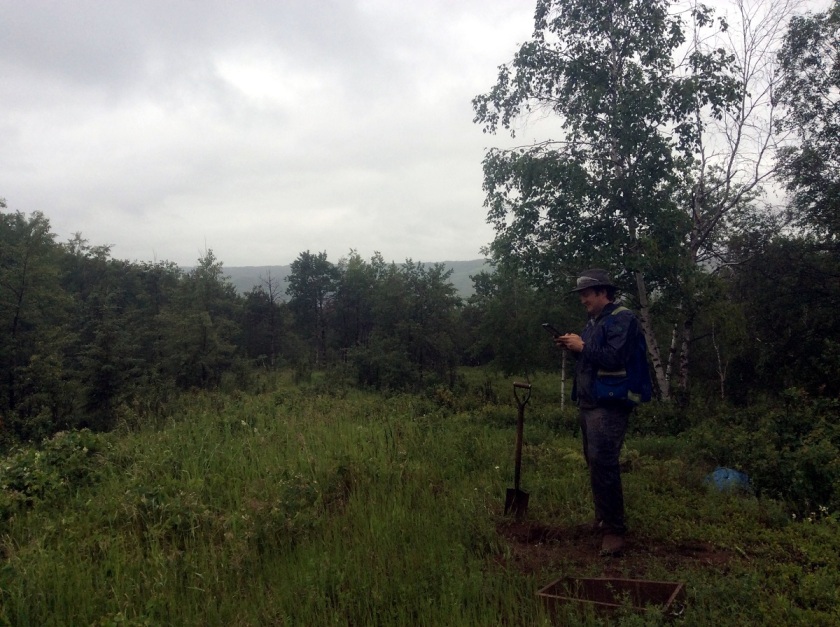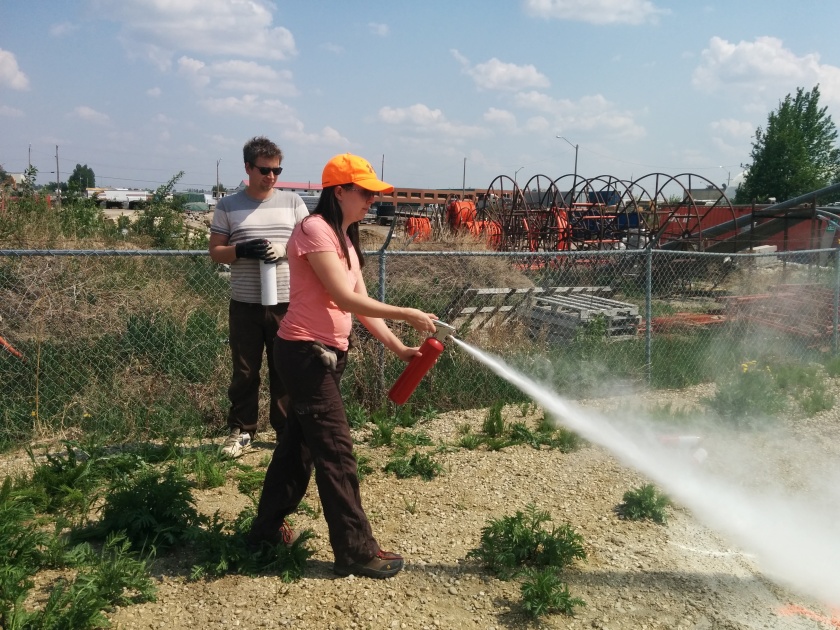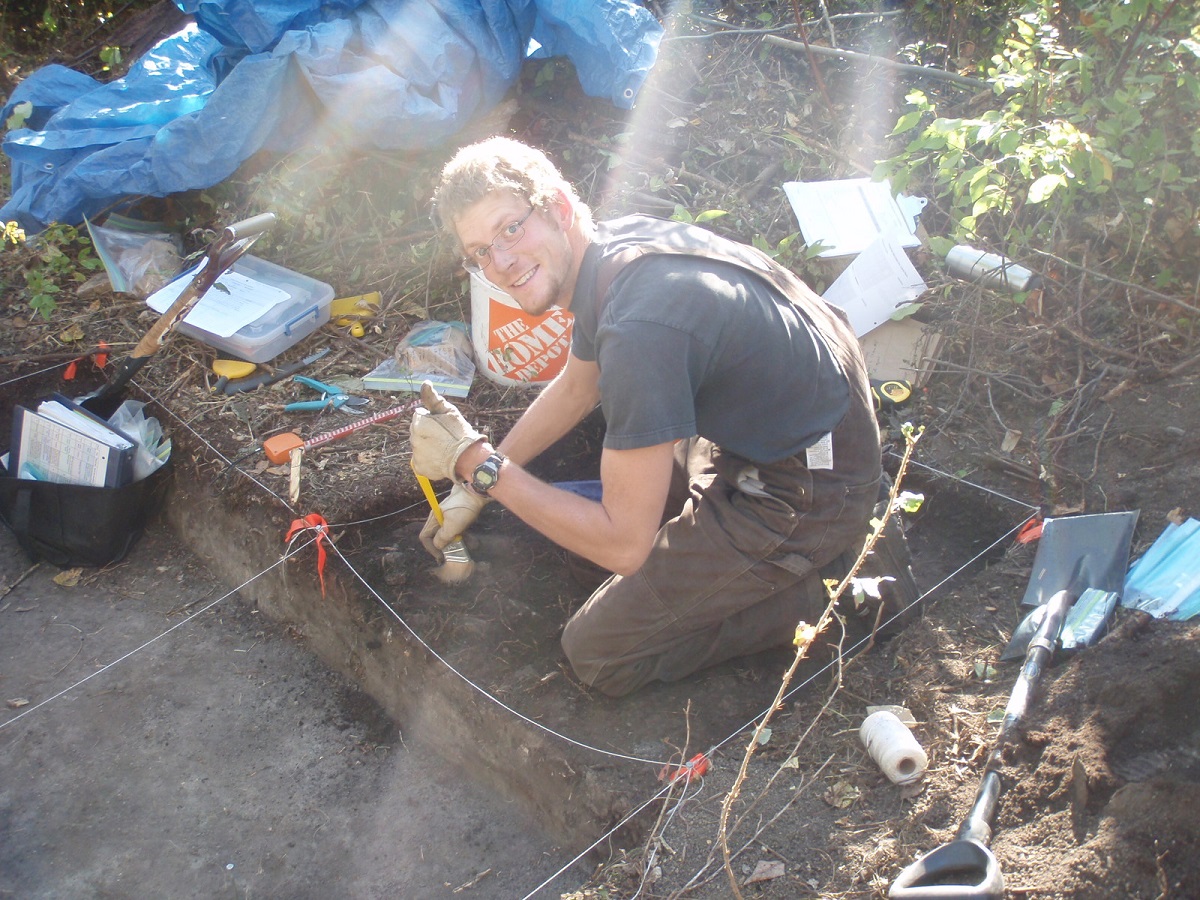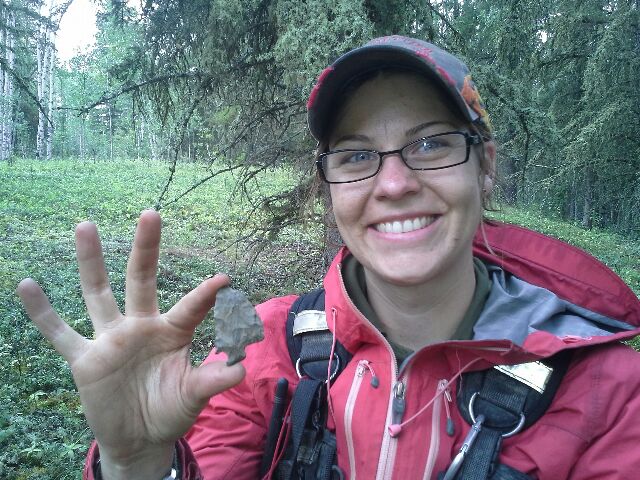Aggregate pit applications, even renewals, are regularly triggered for Historic Resources Impact Assessments in Alberta. This is mostly due to two factors: their location, and their impact levels. Good sand and gravel deposits are often located near watercourses, especially major rivers, and the presence of coarse parent sediment usually gives them better drainage than surrounding terrain. High, dry ground next to water is exactly the kind of place people have been camping for thousands of years.

The second factor is the expected impact. Other development types, like forestry or seismic, may disturb sites, but will leave some or most of them intact. By their nature, aggregate pits will result in complete destruction of any archaeological sites that may be in their footprint. Once an archaeological site is destroyed, it’s gone forever. This means the province only gets one chance to find, understand and protect sites if they’re in a planned gravel pit. The survey intensity and mitigation standards are therefore more stringent.
Gravel pits also have a high potential to contain quaternary (ice age) mammal fossils. Bones and tusks from ice age animals like mammoths, extinct bison and sabre toothed cats were often deposited in gravel bars along ice-age rivers. These gravel bars are the gravel seams that the modern aggregate industry targets.
Alberta Culture released new guidelines for gravel pit Historical Resources Act compliance two years ago. In short, pits under 5 ha require an HRIA if there’s a known site in the immediate area. Pits over 5 ha require an HRIA if there’s a known site, or if the land is deemed to have high archaeological or palaeontological potential.
The 2004 Code of Practice for sand and gravel pits says that gravel pits “may be required to shut down if artefacts are discovered during operation of the pit” (section 8.3.6). This is very rare. Usually if an archaeological site is found during the HRIA, it can be avoided or archaeological digs (mitigative excavation) can be done to salvage a sample of the site before development. If archaeological or palaeontological resources (for example arrowheads, stone tools, ice age mammal or dinosaur bone) are found during operation, the pit operator is required to report it (this post explains how), and some salvage may be done, but it’s unlikely the pit will be shut down. Alberta Culture and historic resource management professionals like us work to balance economic development for Alberta’s future with preservation of it’s past.
To keep up to date on Historic Resource regulations and processes, you can subscribe to our quarterly Regulatory Update email.



